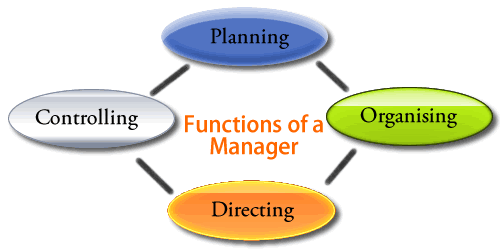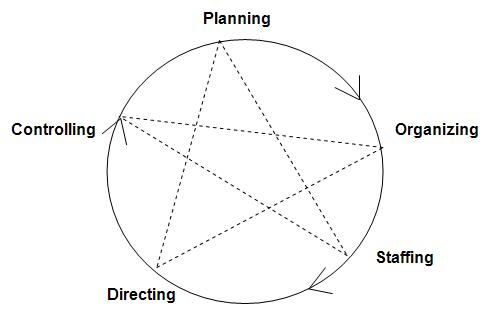 Management is a universal phenomenon. It is a very popular and widely used term. All organizations - business, political, cultural or social are involved in management because it is the management which helps and directs the various efforts towards a definite purpose. According to Harold Koontz, “Management is an art of getting things done through and with the people in formally organized groups. It is an art of creating an environment in which people can perform and individuals and can co-operate towards attainment of group goals”. According to F.W. Taylor, “Management is an art of knowing what to do, when to do and see that it is done in the best and cheapest way”.
Management is a universal phenomenon. It is a very popular and widely used term. All organizations - business, political, cultural or social are involved in management because it is the management which helps and directs the various efforts towards a definite purpose. According to Harold Koontz, “Management is an art of getting things done through and with the people in formally organized groups. It is an art of creating an environment in which people can perform and individuals and can co-operate towards attainment of group goals”. According to F.W. Taylor, “Management is an art of knowing what to do, when to do and see that it is done in the best and cheapest way”.
Management is a purposive activity. It is something that directs group efforts towards the attainment of certain pre - determined goals. It is the process of working with and through others to effectively achieve the goals of the organization, by efficiently using limited resources in the changing world. Of course, these goals may vary from one enterprise to another. E.g.: For one enterprise it may be launching of new products by conducting market surveys and for other it may be profit maximization by minimizing cost.
Management involves creating an internal environment: - It is the management which puts into use the various factors of production. Therefore, it is the responsibility of management to create such conditions which are conducive to maximum efforts so that people are able to perform their task efficiently and effectively. It includes ensuring availability of raw materials, determination of wages and salaries, formulation of rules & regulations etc.
Therefore, we can say that good management includes both being effective and efficient. Being effective means doing the appropriate task i.e, fitting the square pegs in square holes and round pegs in round holes. Being efficient means doing the task correctly, at least possible cost with minimum wastage of resources.
Management can be defined in detail in following categories :
- Management as a Process
- Management as an Activity
- Management as a Discipline
- Management as a Group
- Management as a Science
- Management as an Art
- Management as a Profession

